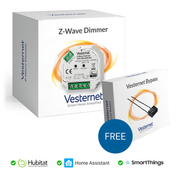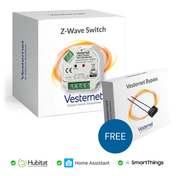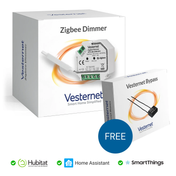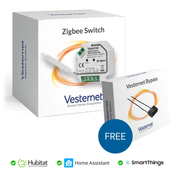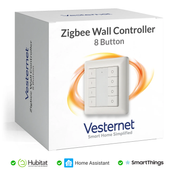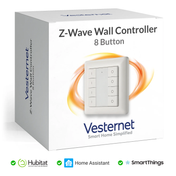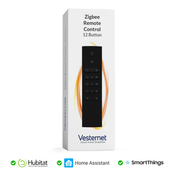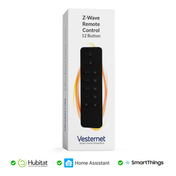New Home Automation Technology Series
Over the next few weeks we’re running a series of blogs looking at the various home automation technologies.
The aim of the series is to give you an unbiased view of what’s available and help you make an informed choice of what home automation technologies best fit your needs and pocket.
Most weeks the blog will give you a summary view of the technology and link to an article which will give you a much more detailed analysis.
This week we’re going to look at the old X10 standard, and how it fairs against the modern alternative - Z-Wave.
Introduced in the 1970s, X10 was the first technology to bring automation at an affordable price to the home user. But thirty-years is a long time, and X10 is really showing its age against new technologies like Z-Wave, which has over come X10’s shortcomings and added a whole host of useful features.
Both X10 and Z-Wave bring efficient remote control to any home or office; however, they do it in very different ways.
X10 carries signals over the domestic mains power wiring, enabling control of ordinary light switches, mains outlets and pendant lamp holders. It’s possible to control these locally as normal, but also control them from keypads, radio and infrared remote controls, timers and computer interfaces.As all X10 controllers and appliances are connected to the same mains wiring system, there’s always a risk that signals can ‘bleed’ to neighbouring houses that share the same power connection – causing security and reliability issues. Also, due to the way X10 works, there can be dead spots where appliances don’t receive their instructions. If a light doesn’t come on, it’s pretty obvious. But if it’s the heating system, you wouldn’t know the command was lost until you’re sitting in the cold!
Alternatively, Z-Wave is a much more secure and flexible system. Its wireless devices can be located exactly where you want them and as there’s no need to change your home’s wiring, you don’t need an electrician. As long as you can use a screwdriver, most Z-Wave devices can be installed in less than 3-minutes.
A Z-Wave network can have an unlimited number of devices; each one can only be controlled by that network’s controls – so there’s no ‘bleed’ through to neighbouring networks. Z-Wave’s two-way communication protocol ensures that no command can go unanswered, and, its ‘mesh’ technology creates an adaptable, 100% reliable system that can easily cover the furthest reaches of your home.
Read the full X10 vs Z-Wave article.
Take a look at our new Glossary to check out the meaning of words or terms you don’t recognize.

